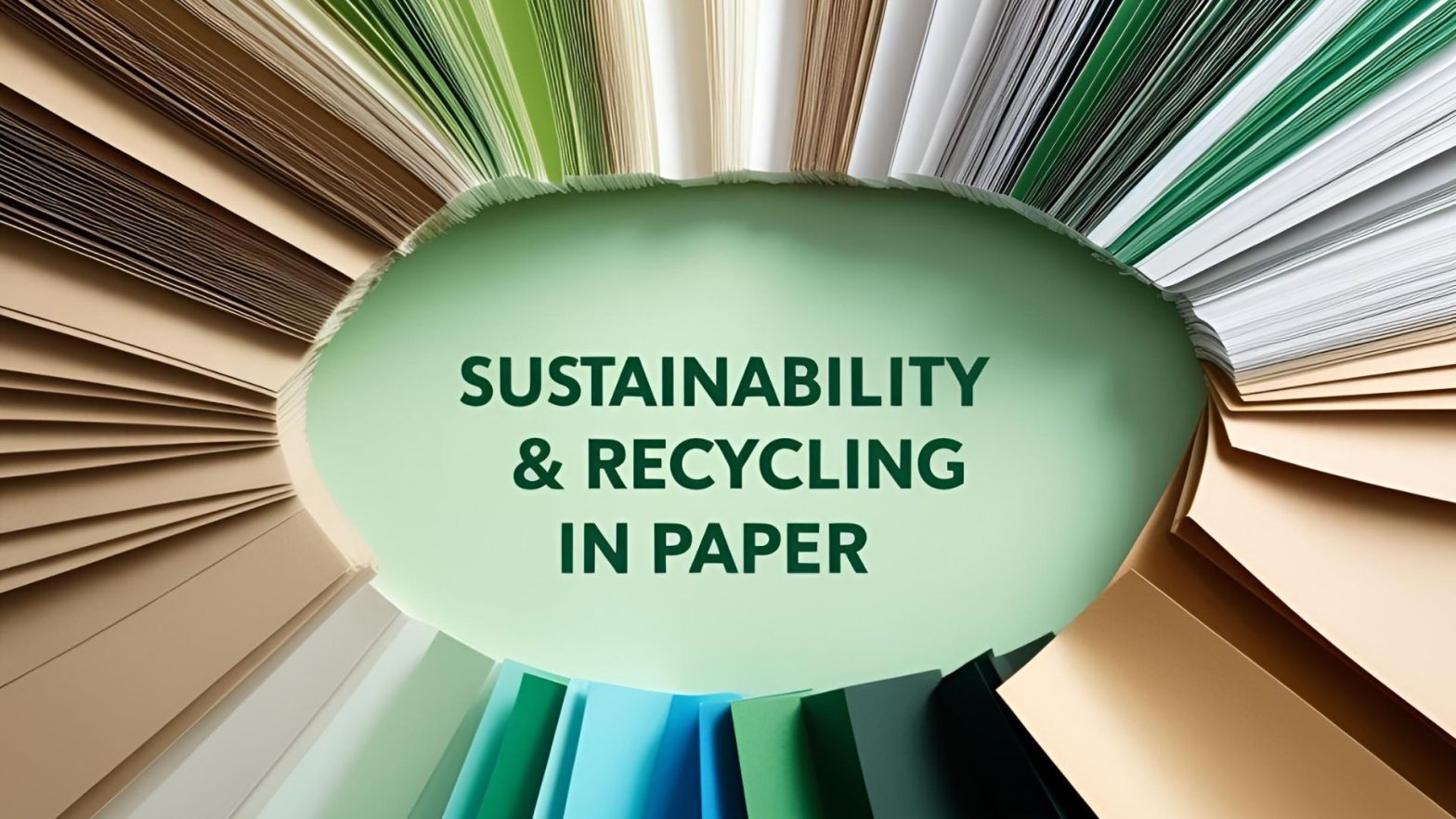Turning Returns into Revenue: How Distributors Can Incentivize Used Packaging Recovery
If you’re still treating used packaging as waste, you’re leaving value on the table—and missing a growing buyer expectation. Across the raw materials supply chain, distributors are facing pressure not just to deliver goods efficiently, but to support their clients’ ESG targets. One of the easiest ways to start? Incentivize the return of used packaging.
From steel drums in chemicals to polywoven sacks in building materials, packaging often costs more than companies think—and it’s quietly compounding expenses downstream.
For procurement leaders and operations managers juggling rising freight costs, extended lead times, and waste disposal fees, the conversation around packaging is shifting. No longer just a logistics afterthought, it’s becoming a lever for both savings and sustainability. But closing the loop depends on client participation—and that takes the right incentive structure.
Start by identifying what’s reusable and what’s not. In the plastics vertical, items like gaylord boxes and HDPE pails are prime candidates for return programs. In chemicals, UN-rated drums and IBC totes are often reusable with minimal refurbishment. In metals, steel banding and dunnage can be reconditioned for redistribution. Each material has a different cost-benefit profile, so make sure your strategy reflects that.
Then come the incentives. Here are models distributors are already deploying with success:
Deposit-return schemes: Particularly effective for high-cost packaging like steel drums or fiberboard IBCs. Clients receive a credit when the unit is returned in good condition.
Tiered discounts: Offer price breaks or rebates on future orders when a certain volume of packaging is returned—ideal for frequent buyers in lumber and building materials.
Freight pooling credits: For clients shipping from multiple sites, offer pickup discounts when packaging is aggregated and returned in bulk.
ESG reporting support: Some procurement teams are under pressure to document their scope 3 emissions. Offer a monthly or quarterly return report that helps them validate reductions in packaging waste—particularly valuable in paper and pulp, where sustainability metrics are closely watched.
What makes these programs work isn’t just economics—it’s logistics clarity. Make returns as easy as deliveries. Include return labels in outbound shipments. Train drivers to accept used containers. Set up client-facing portals that track packaging balances in real time.
And don’t forget communication. Most buyers aren’t aware of the true cost of single-use packaging until it’s spelled out. Use your account managers to walk through the math, and position the program as a value-added service—not a burden.
Used packaging recovery isn’t just good PR—it’s good business. By building incentive structures that reflect the realities of your vertical, you strengthen client relationships, reduce costs, and differentiate yourself in a tightening market. When done right, packaging doesn’t end at delivery. It comes back—and so does customer loyalty.


